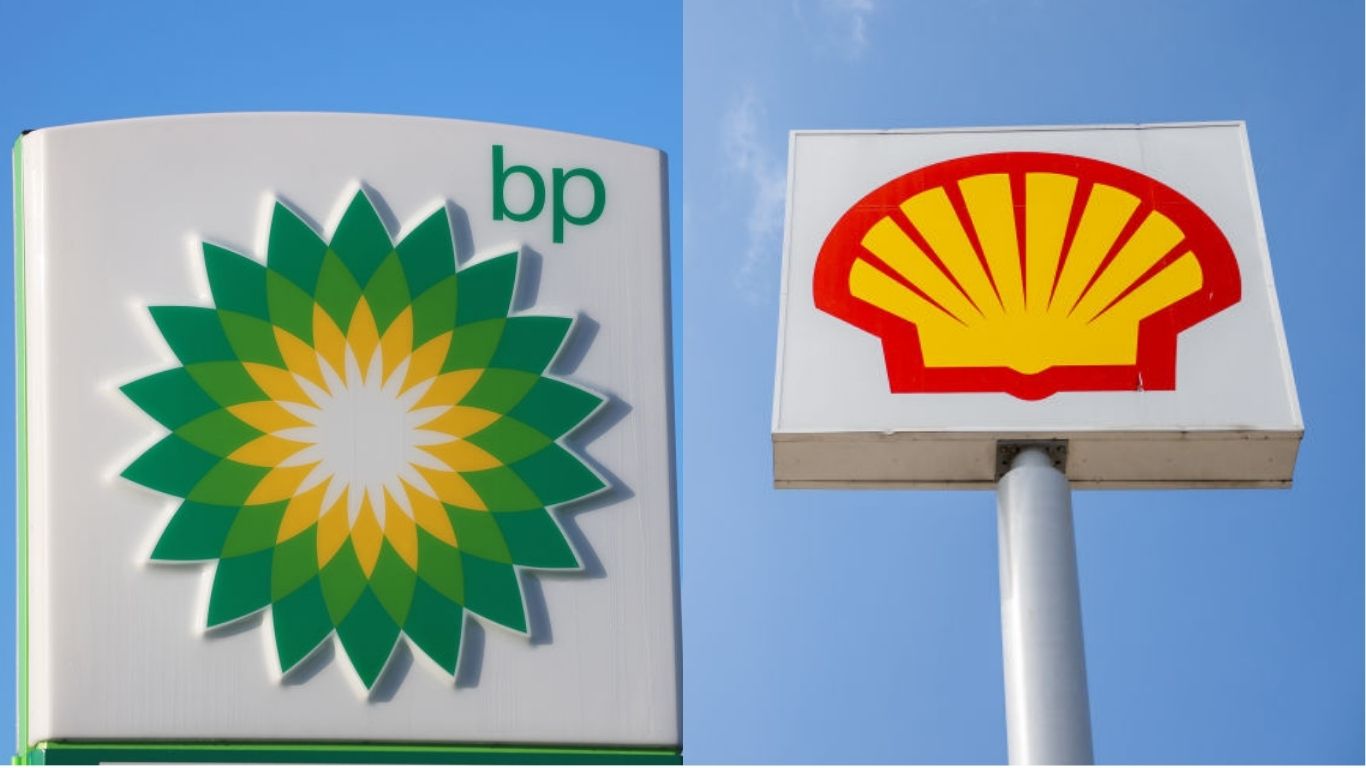Oil
The latest news, updates and opinions on Oil from the expert team here at MoneyWeek
-

What MoneyWeek has learnt in the last 25 years
Financial markets have suffered two huge bear markets and a pandemic since MoneyWeek launched. Alex Rankine reviews key trends and lessons from a turbulent time
By Alex Rankine Published
-

Overlooked companies' debt and equity to invest in now
Opinion Ian “Franco” Francis, fund manager, Manulife CQS New City High Yield Fund tells MoneyWeek where he’d put his money
By Ian Francis Published
Opinion -

'BP’s days as an oil giant are numbered – a merger with Shell would be the best outcome by far'
Opinion BP has been in decline for some time, could a takeover by Shell save it?
By Matthew Lynn Published
Opinion -

Investors remain calm as the Middle East war unfolds
Conflict in the Middle East has failed to shake oil or stock markets. Can the peace hold?
By Alex Rankine Published
-

Oil price stays steady as tensions in Middle East boils over
Oil prices surged after Israel's attack on Iran, but the global market for the commodity is forecast to remain well-supplied until 2030
By Alex Rankine Published
-

'North Sea oil is ripe for a rebound'
Opinion Labour’s green-energy policy is unsustainable, says Dominic Frisby. That bodes well for British oil explorers
By Dominic Frisby Published
Opinion -

BP's 'long, painful decline' – and why next year could be even tougher
Opinion Long-suffering shareholders in oil giant BP have been pushing for change. It won’t come soon enough, says Matthew Lynn
By Matthew Lynn Published
Opinion -

What does a BP and Shell merger mean for the UK oil industry?
BP’s struggles have made it vulnerable to a takeover. Could it merge with Shell to create a British behemoth?
By Dr Matthew Partridge Published
-

Oil sector off the boil: what happens now?
Oil giants BP and Shell are starting to struggle amid a glut of black gold. And growth in demand looks likely to slow
By Dr Matthew Partridge Published
